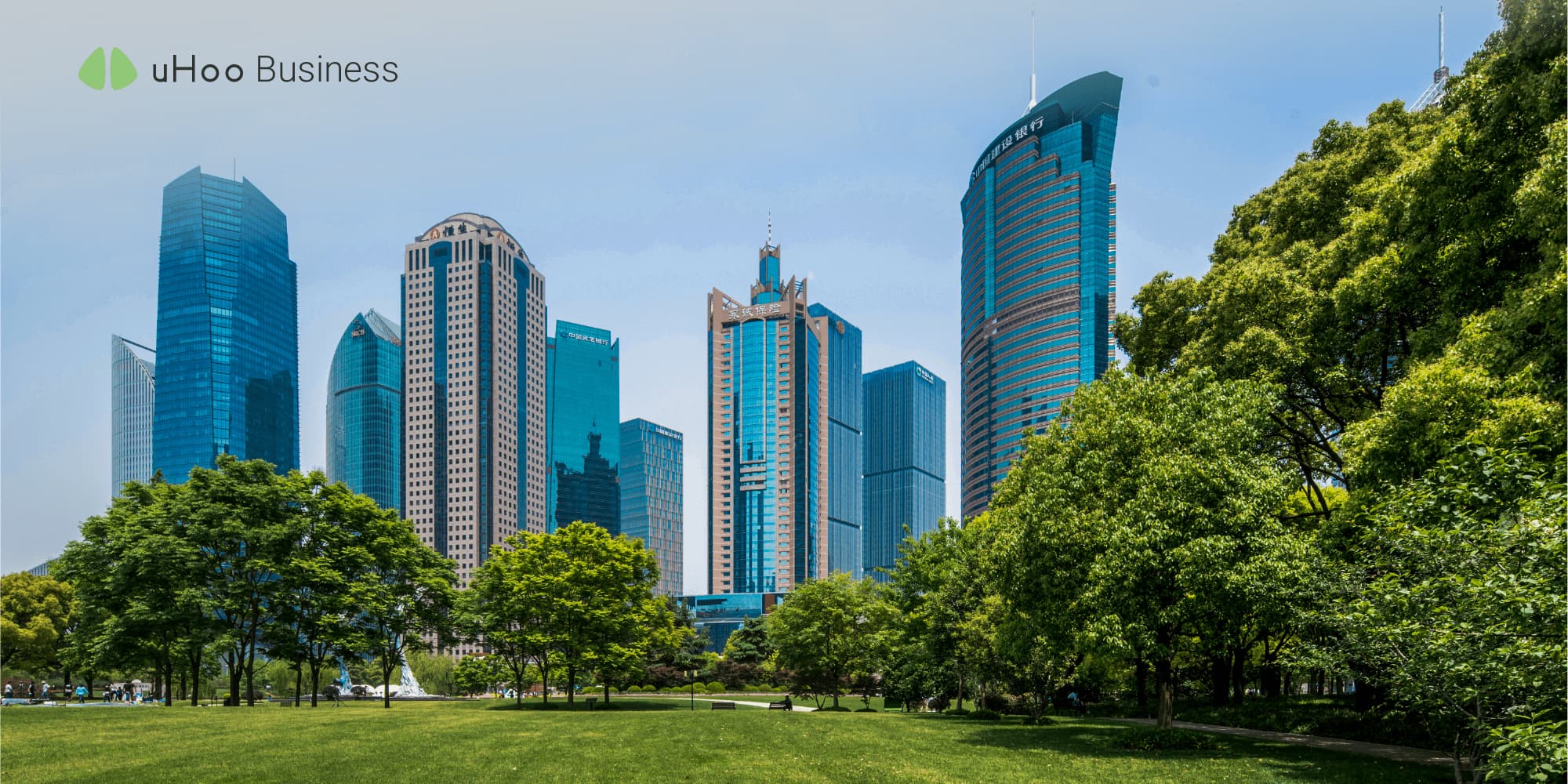
In the creation of sustainable cities, the spotlight is increasingly turning toward the crucial role played by healthy buildings. As cities grapple with challenges such as environmental degradation, resource depletion, and health, the creation of healthy and safe buildings is gaining prominence.
In this article, let’s explore the relationship between healthy buildings and sustainable cities and tackle the strategies that are shaping the future of sustainable urban architecture and design.
Healthy buildings and sustainable cities, defined
Healthy buildings are built environments designed, constructed, and maintained to promote the health and well-being of their occupants. These buildings involve various factors, including:
- Indoor air quality (IAQ)
- Thermal conditions
- Acoustic design
- Lighting
- Ergonomic design
On the other hand, sustainable cities, also known as green cities or eco-cities, are communities designed, built, and managed to reduce their environmental impact while promoting social and economic stability. The aim of sustainable cities is to establish an urban environment that meets the needs of the present without compromising the capability of future generations to satisfy their own needs.
Key features of sustainable cities include:
- Green building practices
- Efficient urban planning
- Renewable energy
- Waste management
- Water conservation
- Smart technologies
The role of healthy buildings in establishing sustainable communities
Healthy buildings play a pivotal role in establishing sustainable communities by promoting the following:
Improved public health
Healthy buildings prioritize indoor air quality, access to natural light, and the use of non-toxic materials. This contributes to improved physical and mental health among residents, reducing the prevalence of health issues associated with poor indoor environments. Healthier residents contribute to a more robust and resilient community.
Social equity
The design and construction of healthy buildings take into consideration the needs of diverse communities, promoting social equity. This includes accessible design for people with disabilities, affordable housing options, and amenities that cater to various demographics. By addressing the needs of all residents, healthy buildings contribute to an inclusive and equitable community.
Resource efficiency
Green building practices, such as energy-efficient design, green building materials, and water conservation measures, reduce the environmental impact of construction and operation. By minimizing resource consumption and lowering utility costs for residents, healthy buildings contribute to the long-term sustainability of the community.
Local economic development
The construction and maintenance of healthy buildings can stimulate local economic development by creating jobs, supporting local businesses, and increasing property values. A thriving local economy contributes to the overall sustainability and resilience of the community.
Resilience to climate change
Healthy buildings are often designed to be resilient to climate change impacts. This includes considerations for extreme weather events, such as floods or heatwaves. Resilient buildings contribute to the overall resilience of the community by providing safe and secure spaces during adverse conditions.
Building strategies that promote the creation of sustainable cities
Securing green and healthy building certifications
Adhere to green and healthy building certification standards, such as LEED, WELL, or other local equivalents, to ensure that buildings are designed and constructed with health and sustainability in mind.
Adopt an energy-efficient design.
Use energy-efficient appliances, lighting, and HVAC systems. Incorporate passive design principles to optimize natural heating and cooling, reducing energy consumption and greenhouse gas emissions.
Use renewable energy sources.
Encourage the use of renewable energy sources, such as solar panels and wind turbines, to generate clean and sustainable power for buildings. Implementing district energy systems can also contribute to energy efficiency at the city level.
Promote good indoor environmental quality.
Design buildings with good indoor air quality, adequate ventilation, and non-toxic materials. Prioritize natural lighting and acoustic comfort to create healthy and productive indoor spaces.
Implement smart building technologies.
Invest in smart city technologies, such as energy-efficient lighting systems, smart grids, and data analytics for urban planning. These technologies optimize resource use, improve infrastructure efficiency, and enhance overall sustainability.
As we look towards a future of sustainable development and urban growth, it is evident that healthy buildings are an essential component. By investing in the above strategies today, we pave the way for a brighter future for generations to come.


